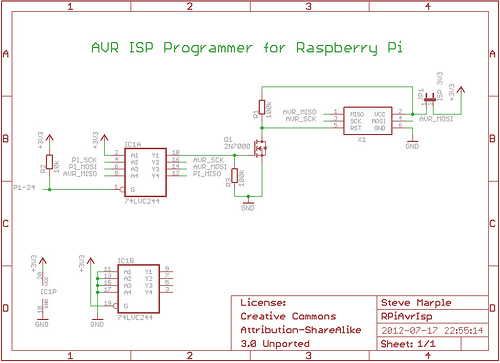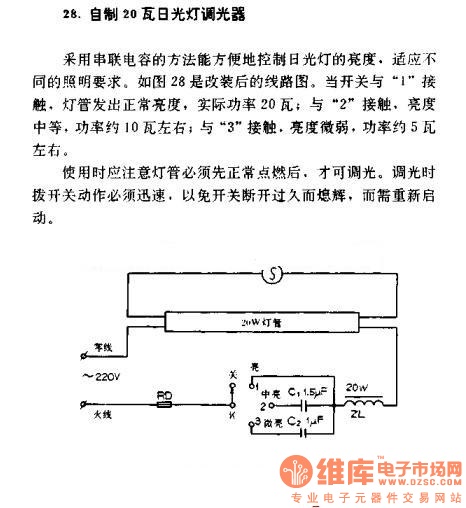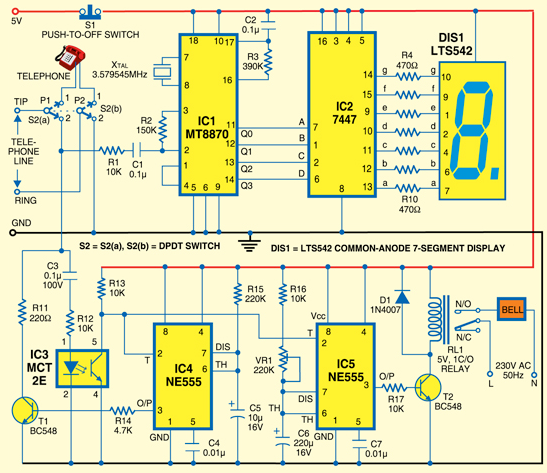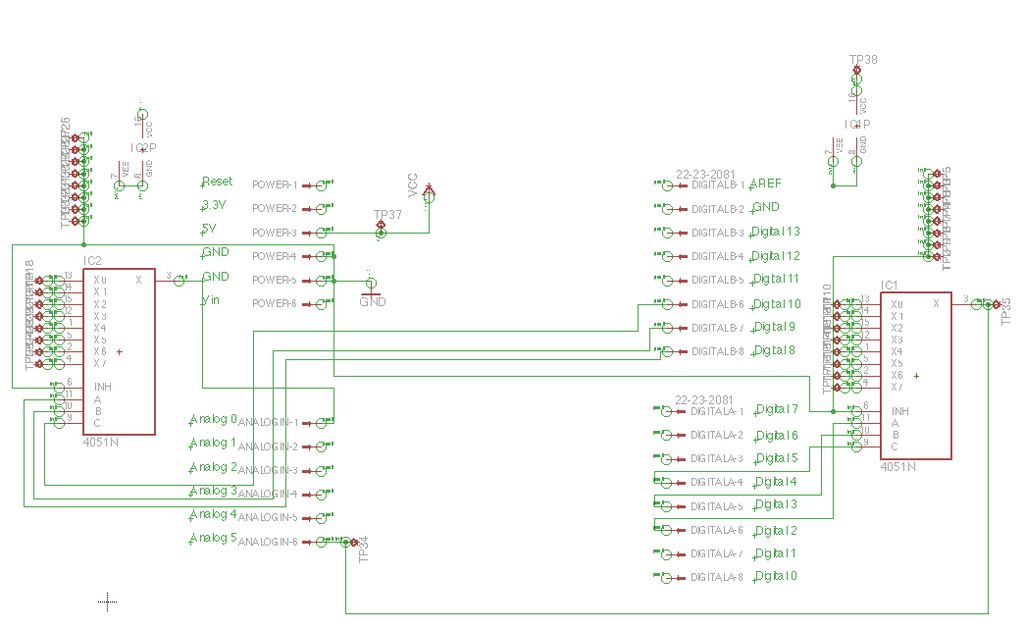
Wien-Bridge Oscillator Using Incandescent lamp Stabilizer
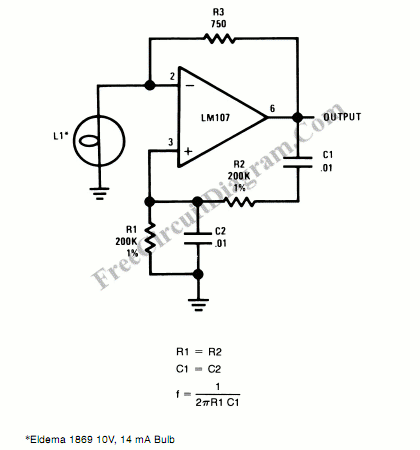
An incandescent lamp has been utilized to reduce harmonic distortion in a sine oscillator circuit. The nonlinear resistance characteristic of the lamp filament assists in this process.
In the context of electronic circuits, the use of an incandescent lamp as a harmonic distortion reducer in a sine oscillator circuit leverages the unique properties of the lamp filament. The filament exhibits a nonlinear resistance that varies with temperature; as the current passing through the filament increases, the temperature rises, leading to an increase in resistance. This characteristic can effectively smooth out voltage fluctuations and reduce the presence of harmonics generated by the oscillator.
In a typical sine oscillator circuit, harmonic distortion may arise from nonlinear components or configurations that do not produce a pure sine wave output. By integrating an incandescent lamp into the circuit, the lamp acts as a passive load that absorbs excess energy and mitigates abrupt changes in current, thereby flattening the waveform and promoting a cleaner sine wave output.
The lamp's nonlinear resistance provides a self-regulating mechanism; as the distortion levels increase, the filament heats up, increasing its resistance and limiting the current flow. This feedback loop helps maintain a more stable operation of the sine oscillator, improving overall performance and reducing the likelihood of signal distortion.
In practical implementation, the incandescent lamp should be selected based on the specific voltage and current requirements of the oscillator circuit. Proper placement within the circuit is essential to ensure effective harmonic reduction without compromising the desired oscillation characteristics. Additionally, consideration should be given to the thermal management of the lamp, as excessive heating can lead to premature failure or changes in its electrical properties.
Overall, the integration of an incandescent lamp in a sine oscillator circuit serves as an innovative approach to managing harmonic distortion, enhancing the quality of the output signal while maintaining circuit stability.Incandescent lamp has been used to reduce harmonic distortion in sine oscillator circuit. The nonlinear resistance characteristic of the lamp filament help the. 🔗 External reference
In the context of electronic circuits, the use of an incandescent lamp as a harmonic distortion reducer in a sine oscillator circuit leverages the unique properties of the lamp filament. The filament exhibits a nonlinear resistance that varies with temperature; as the current passing through the filament increases, the temperature rises, leading to an increase in resistance. This characteristic can effectively smooth out voltage fluctuations and reduce the presence of harmonics generated by the oscillator.
In a typical sine oscillator circuit, harmonic distortion may arise from nonlinear components or configurations that do not produce a pure sine wave output. By integrating an incandescent lamp into the circuit, the lamp acts as a passive load that absorbs excess energy and mitigates abrupt changes in current, thereby flattening the waveform and promoting a cleaner sine wave output.
The lamp's nonlinear resistance provides a self-regulating mechanism; as the distortion levels increase, the filament heats up, increasing its resistance and limiting the current flow. This feedback loop helps maintain a more stable operation of the sine oscillator, improving overall performance and reducing the likelihood of signal distortion.
In practical implementation, the incandescent lamp should be selected based on the specific voltage and current requirements of the oscillator circuit. Proper placement within the circuit is essential to ensure effective harmonic reduction without compromising the desired oscillation characteristics. Additionally, consideration should be given to the thermal management of the lamp, as excessive heating can lead to premature failure or changes in its electrical properties.
Overall, the integration of an incandescent lamp in a sine oscillator circuit serves as an innovative approach to managing harmonic distortion, enhancing the quality of the output signal while maintaining circuit stability.Incandescent lamp has been used to reduce harmonic distortion in sine oscillator circuit. The nonlinear resistance characteristic of the lamp filament help the. 🔗 External reference

